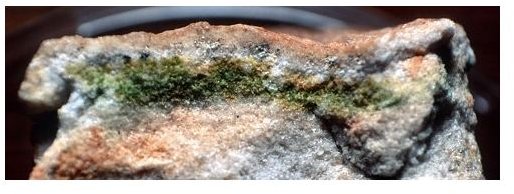The Big Picture: What Origin of Life Research Means for the Search for Extraterrestrial Life
Introduction
So besides coming up with potential models in the lab or on a computer for how life arose on Earth, what else are scientists doing to delve deeper into the field of astrobiology and to get a clearer view of how life could have originated in the universe?
Well, for one thing, they are most certainly not giving up on refining the models we’ve touched on in this series, nor are they giving up on looking for evidence that could support one or more of these models. Indeed, recently it was announced that the amino acid glycine was found among material collected from a comet in space. Being an amino acid, glycine is an important molecule related to life, as amino acids are the building blocks of proteins and proteins are the workhorses of cellular processes. Particles from the comet Wild-2 were collected in 2004, sent to Earth in 2006 and analyzed with great care before data was confirmed. This find adds evidence to the idea that life may have had an extraterrestrial origin and “found” its way to Earth on objects like comets.
Extreme Environments
But so many places in the universe, and even on primitive Earth, are and were so very hostile: freezing temperatures, highly acidic conditions, etc. Venus has clouds of sulfur, and Titan, one of Saturn’s moons, has lakes made of methane (among other things). How could life have originated and survived either in the universe or on early earth? Well, in the 1970s, scientists started making startling discoveries of organisms living in extreme conditions on the present day Earth. These organisms were dubbed the “extremophiles.” Each of life’s three domains, the archaea, bacteria, and eukaryotes, has examples of extremophiles.
For example, organisms have been found at a depth of nearly 1200 feet in Antarctica’s frozen Lake Vostok, in the highly salty Dead Sea in Israel, in hot springs in Yellowstone National Park as well as around the volcano, Mount Vesuvius, in Italy, The bacteria living around the volcano not only have to deal with high temperatures, but with incredibly acidic conditions as well. Microbes have also been found living four miles below the surface in Washington State, USA; they feed off hydrogen gas to survive. Many more examples of extremophiles have been discovered since the 1970s.
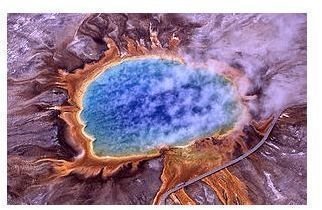
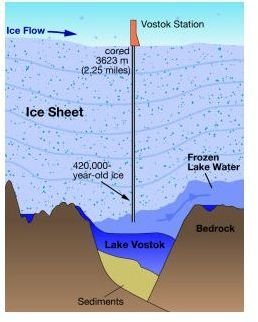
Biosignatures
Well, fine. So we have the building blocks of life being present in the universe, and we have organisms that could potentially survive the harsh conditions found throughout the universe. But what if life was only present for a short period of time on a planet? How would we know we should study a planet because it once harbored life in the distant past?
Scientists are very creative people and they have come up with ways of studying the chemistry and geology of a location to find what are called “biosignatures”, biochemical signs that are the result of life processes. The most famous of these attempts to study biosignatures in space took place in the 1970s, when the Viking Landers were sent to Mars. The Landers were equipped with a host of tools to study Martian soil in order to determine if its geochemistry offered any evidence that it had been influenced by life. The results were inconclusive, but the idea paved the way for more experimentation of this nature. Today, an instrument called Urey: Mars Organic and Oxidant Detector is being prepped by the European Space Agency to be sent to Mars in 2013 for similar experiments.
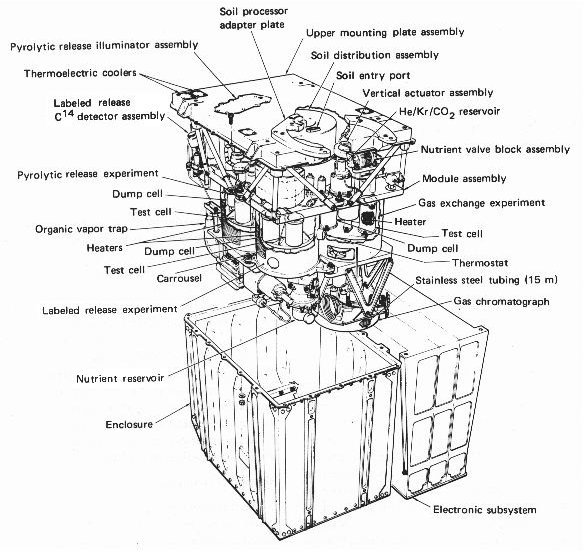
Using The Earth to Understand Other Planets
How do scientists test their ideas of how life can survive in harsh conditions or what kind of geochemistry would be present on Mars? They use locations on Earth called “analogs,” places that approximate conditions on other planets either in environmental or geological terms. One of the most well known analog sites for studying the characteristics of Mars, for example, is the Atacama Desert in Chile.
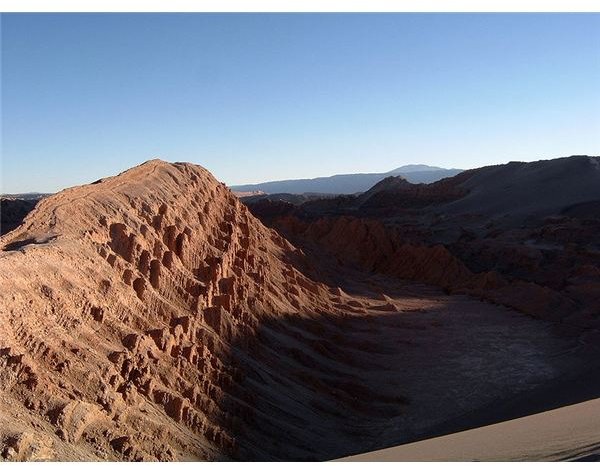
So essentially, scientists are looking to processes on Earth and their causes to try to understand what is going on in the rest of the universe. For example, recently scientists have discovered plumes of methane spewing forth from Mars. On Earth, these kinds of plumes are either caused by life itself or some kind of volcanic activity. Methane is a relatively unstable gas, and there must be some kind of ongoing process to continuously produce it.
The presence of these plumes leads scientists to believe that there could be bacteria beneath the Martian soil producing methane; they could be feeding off the minerals in subterranean rocks to survive. From the study of extremophiles, we know that this is not a far-fetched assumption. If the plumes are instead caused by volcanic activity (though scientists have long considered Mars to be geologically inactive), that would still be an important find, as it is believed that a planet must be geologically active in order to create the necessary geochemical processes to support life.
Looking at other places in the universe, Europa, one of Jupiter’s moons, is covered in ice that seems to display cracks that form, close up and then re-form continuously. This could mean that there is liquid water under the ice, as this is how Earth’s polar ice caps behave due to the presence of water. And, again, from the study of extremophiles, we know that simple forms of life can live below the surface of icy conditions. Enceladus, one of Saturn’s moons, has plumes of water vapor, hydrocarbons, sodium and ammonia spewing from its surface. The sodium especially leads scientists to believe that the plumes originate from some kind of deep-sea salty cavern; life is present under those conditions on Earth today.
Exoplanets
But what about outside our solar system? How can scientists attempt to pinpoint a planet on which life could have originated or at least taken hold? This is where the study of “exoplanets”, or “extrasolar planets” comes in. These are planets outside of our solar system, which are orbiting some star that is not our Sun. In order to narrow down which of these planets could potentially harbor life, researchers have come up with the idea of the “habitable zone”: exoplanets within the habitable zone are marked for more intense study. This zone is essentially the area around an exoplanet’s major star (like our Sun) that is neither too close to the star or too far from the star to prevent the presence of liquid water on the surface of the exoplanet; too close and the water would vaporize, too far and the water would freeze.
The Big Picture
So what does this all mean in the end? Even though we can never know for sure exactly what happened on Earth all those billions of years ago, there are scientists who are piecing together bits of information found throughout the universe to try to get a better picture of the history and presence of life. And the results are nothing less than amazing.
References
https://www.sciencedaily.com /releases/2009/08/090817143602.htm
https://www.guardian.co.uk/science/blog/2009/aug/17/alien-life-exobiology-extraterrerstrial
https://www.newscientist.com/article/dn7716-has-huygens-found-life-on-titan.html
https://www.usatoday.com/tech/science/space/2009-01-15-mars-methane_N.htm
https://www.physorg.com/news91730688.html
https://www.nasa.gov/centers/ames/research/factsheets/FS-100103.1ARC.html
https://www.sciencedaily.com/releases/2004/01/040114074023.htm
Images courtesy of Wikipedia
This post is part of the series: Astrobiology: Origins of Life on Earth and in the Cosmos
This multiple part series will explore the theories on the origin of life on earth, what these theories could mean for the presence of extraterrestrial life and how astrobiologists are searching for life on other planets.
- Astrobiology - Introduction to Prebiotic Evolution
- Astrobiology: The “Genes First” Model of the Origin of Life
- Astrobiology - The “Metabolism First” Model of the Origin of Life and Other Hypotheses
- The Big Picture: What Origin of Life Research Means for the Search for Extraterrestrial Life
